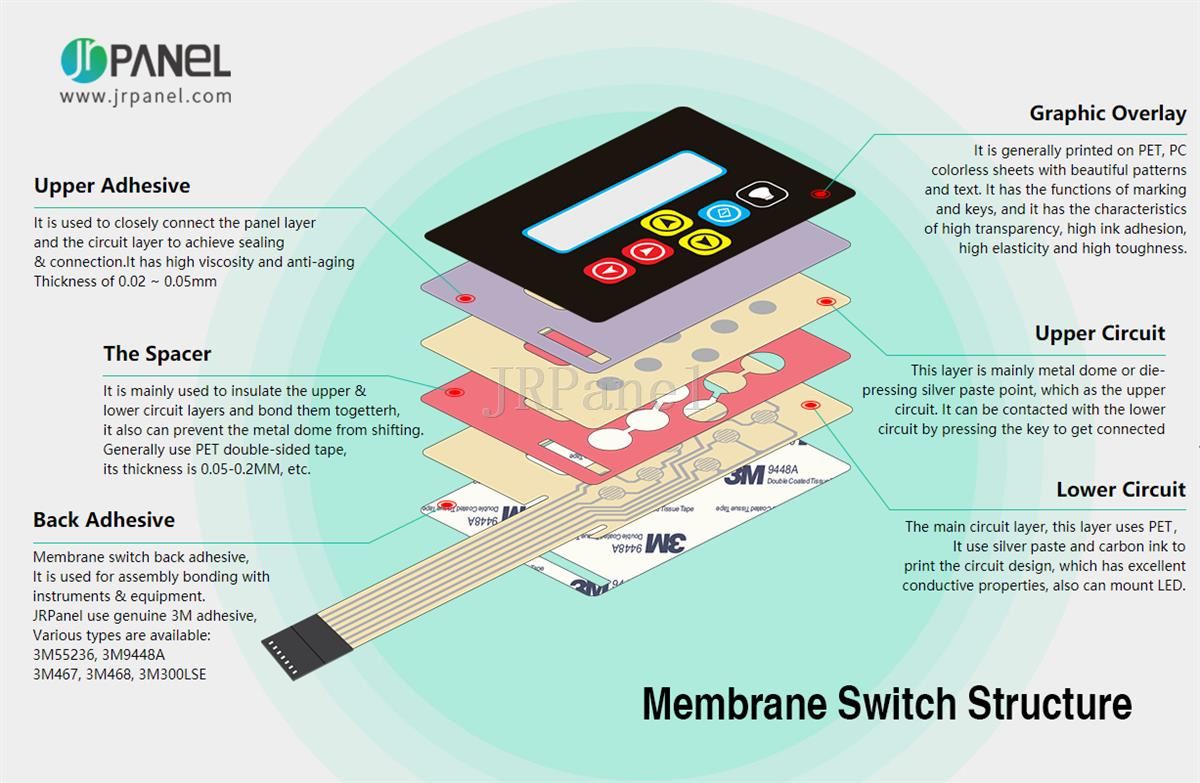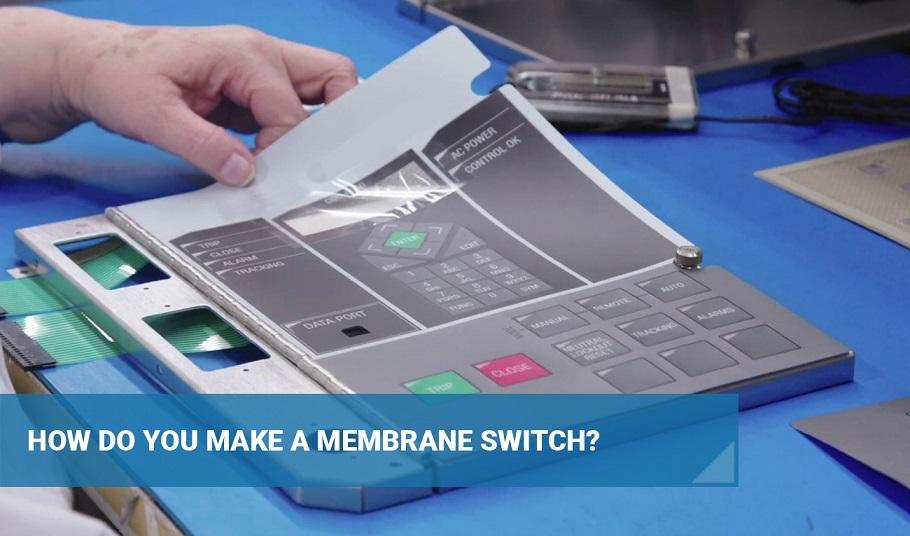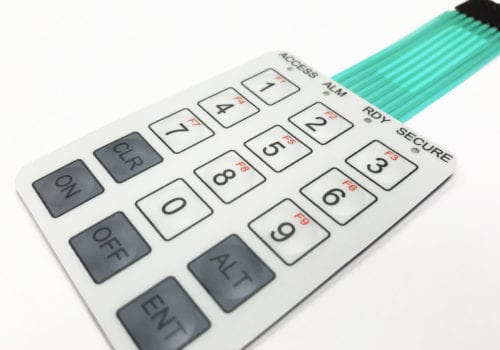Just How a Membrane Switch Boosts Customer Experience and Tool Performance
Comprehending the Functionality of Membrane Changes for Customer User Interface Tools
The functionality of membrane changes represents a substantial development in user interface layout, incorporating performance with aesthetic versatility. As sectors increasingly focus on customer experience, understanding the subtleties of membrane layer button technology ends up being crucial.
What Are Membrane Buttons?
Membrane layer buttons are cutting-edge user interface tools that facilitate user interaction with digital equipment. These functional components include multiple layers, consisting of a graphic overlay, spacer, and a printed circuit layer. The style permits a smooth assimilation right into various electronic gadgets, improving both the aesthetic and functional aspects of user interfaces.
Membrane switches are frequently used in a variety of applications, from home home appliances to industrial equipment and medical tools. Their building typically includes a slim account, making them a suitable selection for small styles. The tactile responses given by these buttons can be engineered to meet certain customer preferences, guaranteeing effective interaction in between the individual and the gadget.
Toughness is another considerable benefit of membrane layer buttons, as they are immune to dust, moisture, and chemicals, which boosts their life expectancy popular settings. Furthermore, these buttons can be personalized in terms of shape, size, and visuals style, permitting branding and user-specific attributes. On the whole, membrane layer switches stand for a sensible solution for boosting individual experience in digital gadgets, incorporating functionality with aesthetic allure in an effective manner.
How Membrane Layer Changes Job
Operating on a simple principle, membrane switches over utilize a split construction to sign up user input successfully. Each switch is composed of several layers, including a published circuit layer, a spacer layer, and a top visuals layer, which are designed to collaborate perfectly. When an individual presses the top layer, it presses the spacer layer, bringing the conductive components of the circuit layer into contact with each other.
This call creates a shut circuit, signifying the tool to carry out a particular feature. The layout permits different setups, consisting of responsive responses, which can boost the user experience by offering a physical feeling upon activation. The materials utilized in membrane layer switches commonly include adaptable substrates, such as polyester or polycarbonate, which make sure resilience and durability versus damage.

Trick Advantages of Membrane Layer Buttons

One more significant benefit is their compactness. Membrane buttons are thin and light-weight, which makes it possible for makers to conserve area in their devices without giving up capability. This feature is particularly valuable in applications where weight and volume are critical factors to consider.
Additionally, membrane switches are immune to dust, wetness, and chemicals, enhancing their longevity. This durability extends their life expectancy and decreases the demand for regular substitutes, resulting in price financial savings over time.
In addition, the tactile responses offered by membrane you could try these out layer buttons can be enhanced to boost customer interaction. They can consist of features such as elevated switches or audible clicks, enhancing use and individual experience.
Applications Across Industries
Interface gadgets making use of membrane buttons prevail in a wide array of industries, showcasing their adaptability and functionality. Membrane Switch. In the clinical sector, membrane switches are essential to tools such as analysis equipment and client tracking systems, where their resilience and convenience of cleansing are essential for preserving hygiene requirements. In the vehicle industry, these buttons are used in dashboard controls and infomercial systems, providing a sleek and modern-day user interface for individuals.
In addition, the consumer electronics field gain from membrane switches in appliances and handheld devices, where small layout and straightforward interfaces boost customer experience. Industrial applications likewise take advantage of membrane switches for control panels in machinery and automation systems, stressing their effectiveness and resistance to extreme atmospheres.
In the aerospace and defense industries, membrane layer switches are utilized in cabin you could try here controls and tools, where dependability and performance under severe conditions are critical. Additionally, the gaming industry progressively incorporates membrane switches in controllers and gallery makers, adding to an appealing individual experience. Generally, the adaptability of membrane switches over enables their widespread usage throughout numerous sectors, underscoring their relevance in contemporary interface style.
Future Trends in Membrane Switch Technology

Additionally, making use of sophisticated products, such as polycarbonate and polyester movies, is expected to increase, supplying boosted sturdiness and resistance to environmental stress factors. These materials add to the total long life of membrane switches, making them appropriate for harsher industrial applications.
In addition, the consolidation of clever technology, including IoT connectivity, will allow membrane switches to communicate with various other gadgets and systems, assisting in a much more interactive user experience. This pattern lines up with the growing demand for clever tools across different markets, from medical care to customer electronic devices.
Last but not least, personalization choices are expected to broaden, enabling producers to produce bespoke services customized to certain individual needs and choices. These advancements will certainly place membrane layer buttons as vital elements in the evolution of individual interface technology.
Verdict
In verdict, membrane switches over stand for a crucial development in user interface technology, supplying a reliable and functional option for varied electronic applications. Their layered building assists in portable design, while attributes such as responsive feedback improve individual communication. The durability versus visit this page environmental elements further solidifies their utility throughout several sectors. As improvements in material science and touch picking up innovations proceed, the performance and applicability of membrane layer buttons are anticipated to broaden, strengthening their significance in contemporary digital tools.